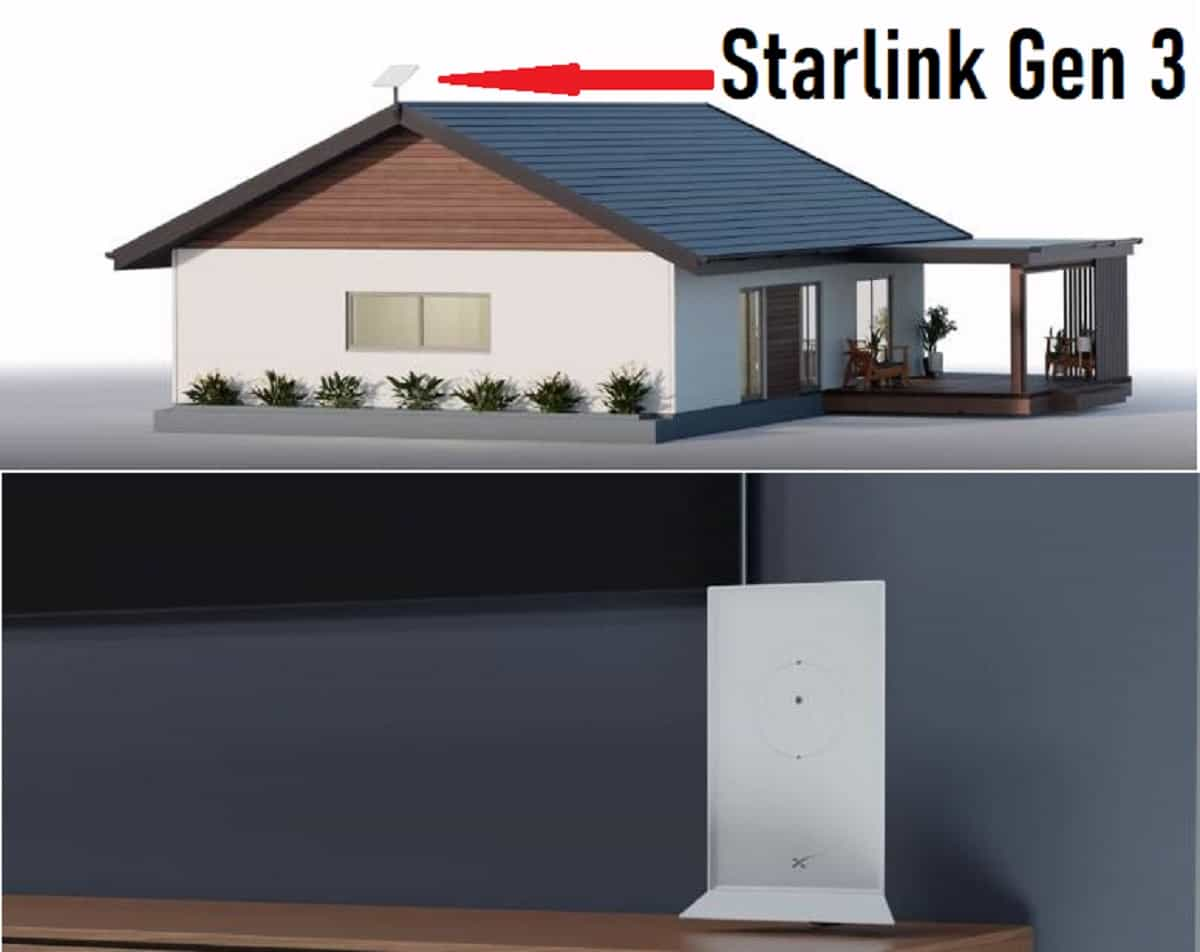Welcome to the future of internet connectivity! Starlink has evolved, and it’s time to unpack the details of its latest offering, the Generation 3 satellite dish. From its inception, Starlink has promised to revolutionize our online experience, and with Gen 3, it seems they’re not just in orbit but also on target.
A Journey Through Starlink’s Evolution
Let’s take a quick detour down memory lane. Remember the awe when Starlink first emerged? That feeling of snagging broadband from the sky was nothing short of magical. But, as with all tech tales, there were bumps. Price hikes, support service hiccups, and speed fluctuations marred the Starlink experience. Enter Gen 3 – a ray of hope for better connectivity.
What’s New with Gen 3?
- Size Matters: Gen 3 is surprisingly compact, a tad bigger than Gen 2 but minus the bulky motorized stand.
- Power Play: It’s IP67 rated, handling the elements better than its predecessors. However, it’s a bit power-hungry, averaging 75-100 watts.
- Tech Savvy: The router’s a tech gem with WiFi 6, promising higher bandwidth and two external ethernet ports, a significant upgrade from Gen 2’s lack of built-in ports.
- Setup Simplicity: Unboxing to online in about 30 minutes, with an intuitive app that assists in dish alignment.
Quick Look: Gen 3’s Key Features
| Feature | Description |
|---|---|
| Size & Portability | Smaller footprint, easier to handle and install. |
| Durability | IP67 rating ensures resilience against the elements. |
| Power Consumption | Higher than previous models, a consideration for RVs and off-grid setups. |
| Advanced Router | WiFi 6 support with dual ethernet ports for enhanced connectivity. |
Real-World Usage: Is It Worth It?
Now, onto the real deal – does Gen 3 live up to its hype? For someone like me, living in an urban area with multiple internet options, Starlink isn’t a necessity. My $30/month T-Mobile home internet suffices. But for those in remote locations, Gen 3 could be a game-changer.
Performance Insights
- Speed Test: Impressive speeds ranging from 150 to 300 Mbps. A boon for anyone relying solely on satellite internet.
- Power Concerns: The power draw is a bit of a letdown, especially for sustainable setups like RVs or solar-powered homes.
Who Should Consider Gen 3?
- Rural Dwellers: If you’re far from civilization, Gen 3 is like a high-speed bridge to the world.
- Travel Enthusiasts: For those who wander yet need to stay connected, Gen 3’s portability is a win.
- Backup Seekers: In urban settings, it could serve as a reliable backup, albeit a pricier one.
The Verdict: Stellar or Just Starry-Eyed?
In conclusion, Starlink’s Gen 3 is a significant leap. It’s more user-friendly, technically advanced, and robust. However, it’s not a one-size-fits-all solution. For city slickers, there are more economical and practical options. But for those in internet-starved regions, Gen 3 could be your ticket to the digital world.
What’s your take? Ready to leap into the future with Starlink Gen 3, or are you content with your feet (and internet) on the ground? Share your thoughts and let’s keep this cosmic conversation going! 🌌🛰️













